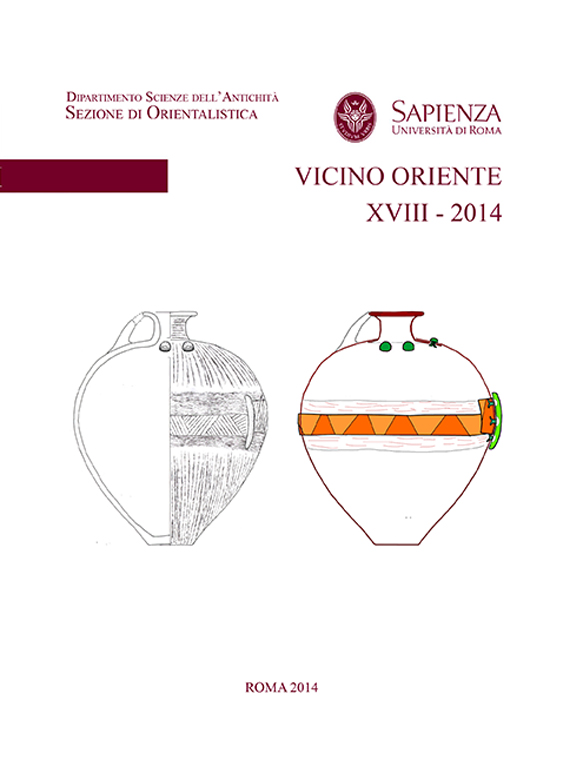Abstract
At least from the beginning of the 2nd millennium BC onwards, the translation from Sumerian into
Akkadian represented an important part of the scribal activity in ancient Mesopotamia. Nevertheless
a verb describing the specific activity of the literary translation is not known either in Sumerian or in
Akkadian: inim-bal means “to speak (in order to resolve a misunderstanding)”, “to interpret” and
only rarely “to translate” (while the word eme-bal, which is known from the 3rd millennium onwards,
designates the simultaneous translator). This is not surprising: on the one hand, there was no real
need for translations (the scribes knew both languages and the rest of the population was illiterate);
on the other hand, Sumerian and Akkadian were not considered two different languages, but the two
perfectly symmetrical sides of one single original idiom (eme-ha-mun / lišān mithurti). Sumerian was
the “dark” side of this language: therefore the so-called translations are rather interpretations of the
original Sumerian texts, made in order to disclose their deeply hidden meaning. The verb inim-bal,
literally meaning “to go beyond the word”, suits well this kind of intellectual activity.

This work is licensed under a Creative Commons Attribution-NonCommercial-NoDerivatives 4.0 International License.
Copyright (c) 2023 VICINO ORIENTE

